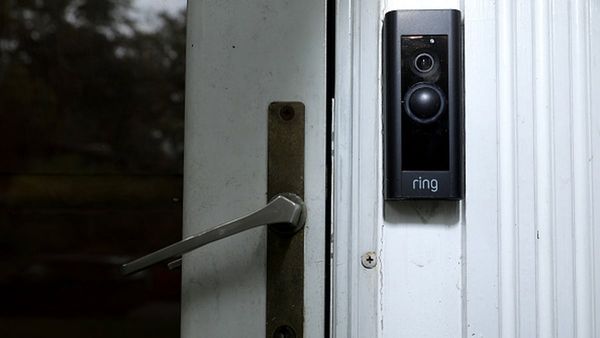
On December 23, 2024, Nissan and Honda signed a memorandum of understanding (MOU) to explore a potential merger. However, the negotiations didn’t last long before the two Japanese automakers parted ways. On February 13, 2025, the companies officially ended talks, partly because Nissan was against becoming a Honda subsidiary. While the two are still collaborating on electrification and software, a full-blown merger is off the table.
Before the deal collapsed, Toyota Chairman Akio Toyoda said in January at CES that Nissan never approached Toyota about a super-merger. He believes it wouldn’t have happened anyway, as creating a single mega-company would likely have violated anti-monopoly laws. However, it has now emerged that Toyota allegedly reached out to Nissan about a possible alliance following the failed merger with Honda.

Japan’s Mainichi Shimbun national newspaper (via Automotive News) claims that a Toyota executive spoke with Nissan about some form of partnership. Nissan declined to comment on the matter, while Toyota is still reviewing the report before issuing an official statement.
Toyota, the world’s largest automaker for the fifth consecutive year, already holds shares in several Japanese car manufacturers. It owns 20 percent of Subaru, a 5.1 percent stake in Mazda, 4.9 percent of Suzuki, and 5.9 percent of Isuzu. We can only imagine how complicated it would have been had Toyota and Nissan exchanged shares.
We recall what Toyoda said after the press conference Nissan and Honda held when the MOU was signed. The chairman expressed disappointment over the lack of product-focused details. Instead, the shared document used buzzwords like “business integration” and “synergies,” aiming to transform Japan into a “leading global mobility company.”

Nissan has since addressed the lack of product direction by announcing a wave of new vehicle launches across all global regions. It’s also leaning on alliance partners Renault and Mitsubishi for badge-engineered models to significantly reduce the time to market. Closer ties with China’s Dongfeng are evident in the new N7 electric sedan and the Frontier Pro plug-in hybrid pickup truck.
Nissan CEO Ivan Espinosa recently stated that the company is open to new collaborations, but the top priority is to stabilize internally. The Re:Nissan plan includes major cost-cutting measures such as eliminating 20,000 jobs, closing seven factories, and drastically reducing R&D spending. It also aims to cut parts complexity by 70 percent and discontinue six vehicle architectures, all while continuing to invest in the Infiniti luxury brand.
As for how Nissan ended up in this situation, Espinosa recently explained it began in 2015 when Carlos Ghosn was still in charge. The goal was to boost annual vehicle sales to eight million units by heavily investing in production and workforce. However, sales for fiscal year 2024 (April 1, 2024 – March 31, 2025) totaled only 3.3 million vehicles.
Speaking of Ghosn, he claims Nissan is in a “desperate situation” and that Honda had planned a “disguised takeover." Although the two no longer discuss a merger, a tie-up in "vehicle intelligence and electrification" is still in the works.
Source: The Mainichi via Automotive News







